TECH TUESDAY: How wing levels could decide the 2021 title fight between Red Bull and Mercedes

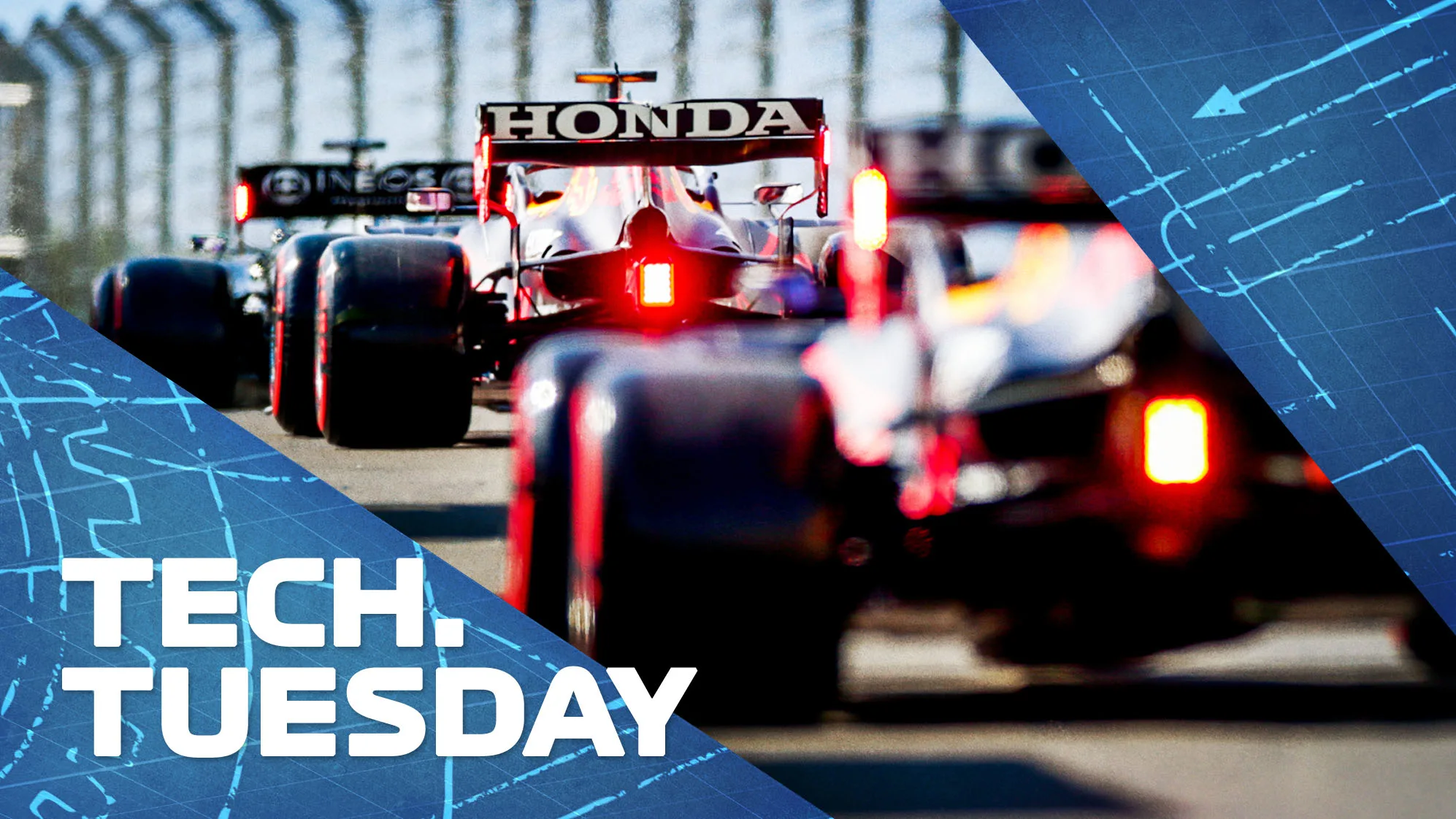
Going into the second half of the season after the summer break, we have an intriguing variety of circuit configurations which present differing optimum drag/downforce trade-offs – and it is this very compromise which is at the heart of the competitive swings between the two very different cars of title duellists Lewis Hamilton and Max Verstappen. Which way might that pendulum swing at each of the remaining tracks?
There is always a compromise between how much braking and cornering-enhancing downforce is produced by a car and how much drag that induces, slowing it on the straights. At some point, extra downforce from a bigger rear wing becomes counter-productive to lap time.
READ MORE: The most ingenious solutions to the 2021 rules changes we’ve seen so far
But that crossover point will vary according to the track layout – and according to the design of the car and the power of its engine. It will even vary according to the track temperature and its influence on tyre degradation.
The Mercedes, being a low-rake car in concept, will tend to create less drag than the high-rake Red Bull, which will tend to create more downforce. But that’s just within equivalent wing settings between the two cars. The wing choices made by each of the teams in any given race weekend can vary enough to invert that natural order.
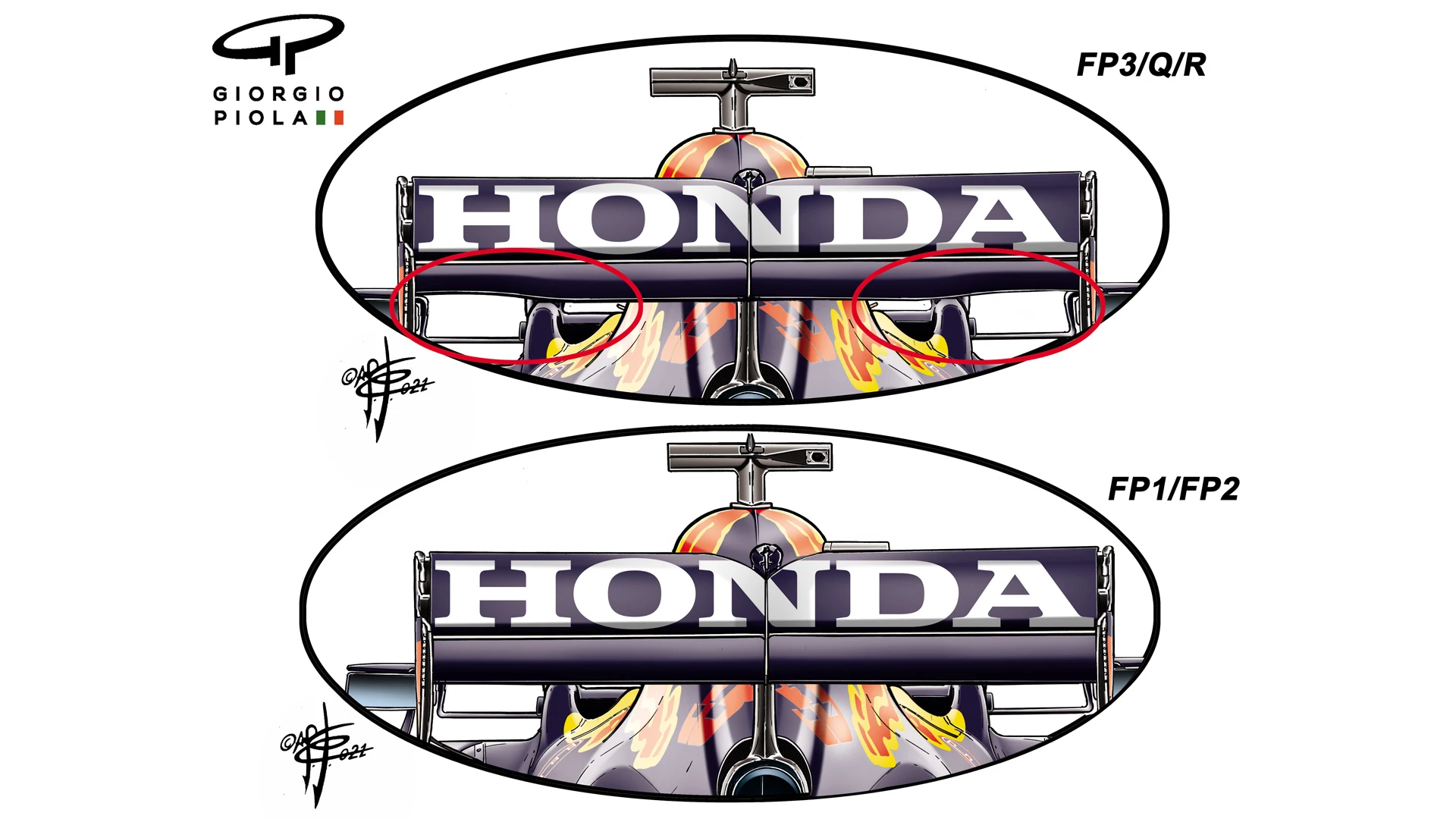
There have been several races in the first half of the season where wing choices between the two teams have been crucial to the outcome. In Spain, the trade-off between straightline speed and rear tyre degradation was such that Red Bull felt unable to use the bigger rear wing they had run during Friday practice, when they had been fastest in the long runs but vulnerably slow to Mercedes at the end of the long pit straight.
In ensuring they weren’t sitting ducks on the straight, Red Bull chose a smaller wing which, in hindsight, turned out to be too punishing on the rear tyres because of the greater sliding through the circuit’s long, fast corners. This enabled Hamilton to defeat Verstappen by pitting from behind, trapping Verstappen into one-stopping on heavily-degrading tyres, and catching and passing before the end.
READ MORE: How Honda helped Red Bull catch up with Mercedes – and how the Silver Arrows fought back
Enhanced underbody performance from Red Bull’s floor and diffuser developments allowed them to turn the tables on Mercedes at the two Austrian races. Around that track, the optimum wing for Mercedes was significantly bigger than Red Bull’s.
But thermal degradation of the tyres was not as important a consideration as at Barcelona and so the Red Bull – deriving more of its total downforce from the underbody because of its high-rake concept – was able to run a smaller wing and be quicker than the Mercedes on the straights and through the turns in qualifying, without any ill effects during the race.
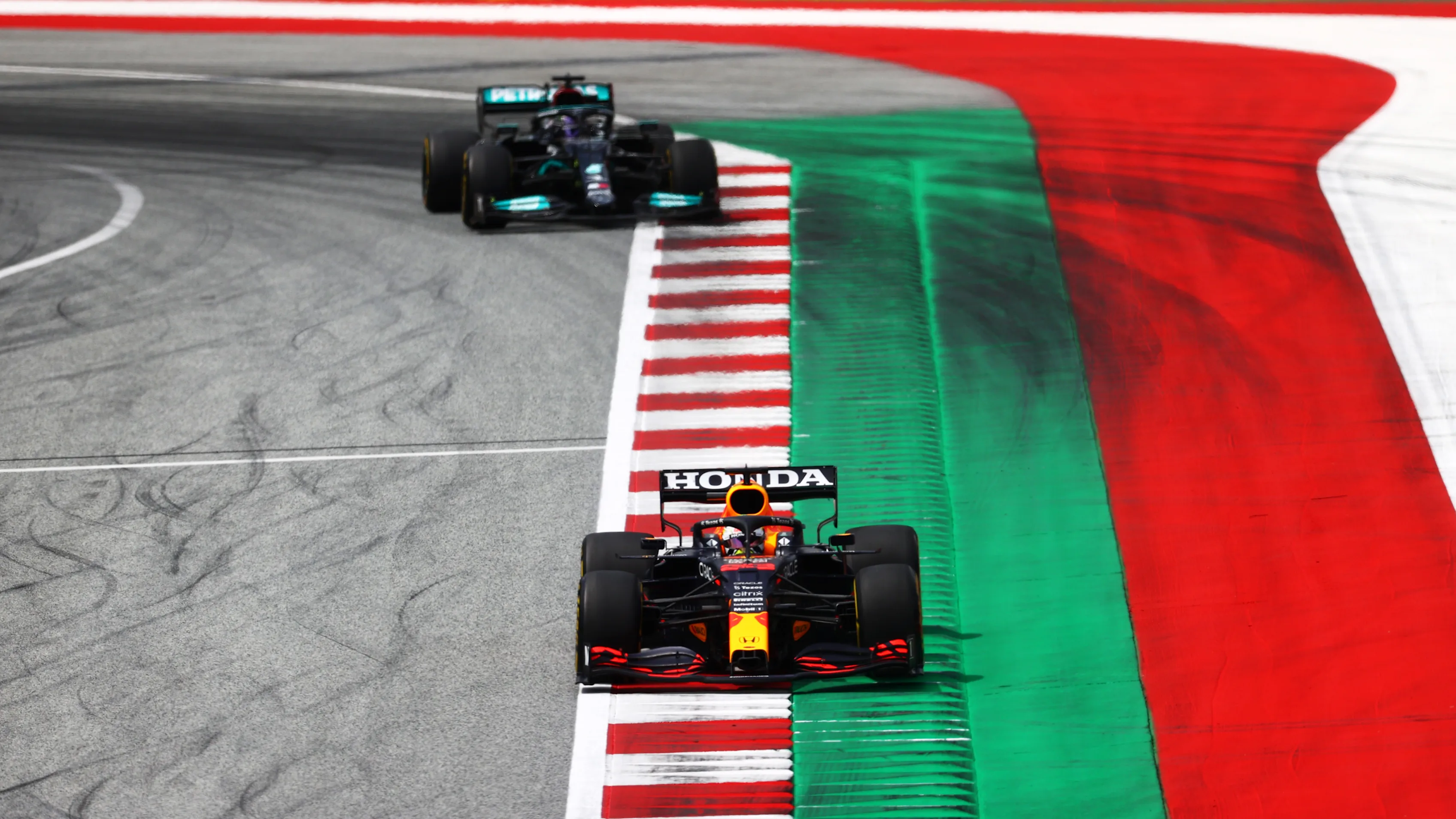
At Silverstone, Red Bull’s optimum was a significantly bigger wing than Mercedes. The track’s layout suited the Merc’s lower drag and if Red Bull had followed suit with a similarly small wing, their simulations suggested they would be slower.
The optimum for Red Bull was to more fully utilise their downforce advantage, maximising their slow and medium corner performance and allowing them to enter the straights faster than the Mercedes, even if they were much slower at the end of them. This would help with tyre wear too.
Looking ahead to this weekend’s Belgian Grand Prix, Spa always presents a conundrum for all teams. A low downforce wing to be quick in Sectors 1 and 3, but slow in the sweeps of the middle sector (which comprises around half of the lap)?
Or a higher downforce setting which makes you vulnerable to being overtaken into Les Combes in Sector 1 and into the Bus Stop chicane in Sector 3, but which will be way quicker in the middle sector? Possibly by enough that you can pull yourself out of range of your pursuer.
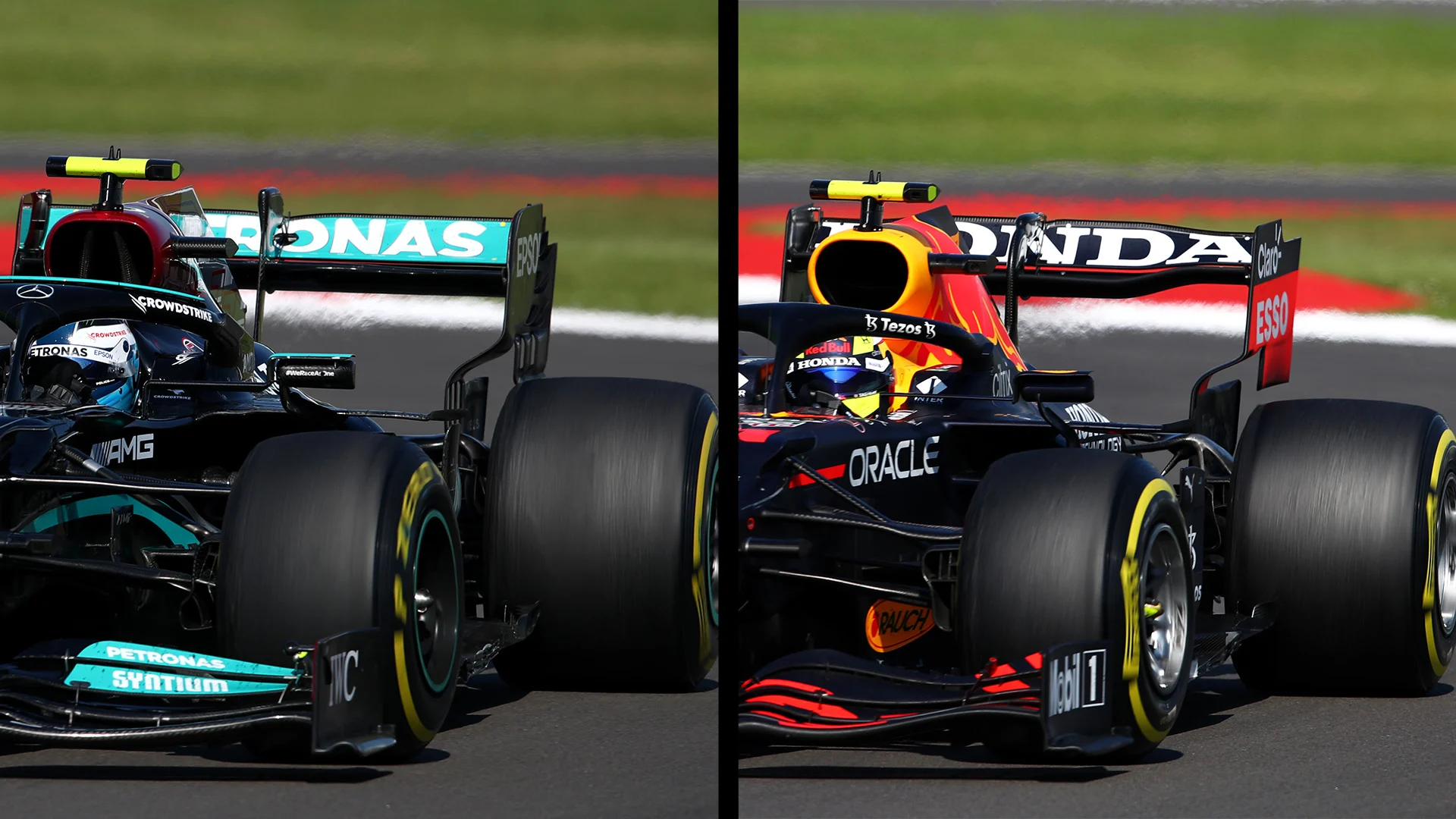
Logically, Mercedes might be expected to favour the first option, Red Bull the latter, in both cases to maximise their natural strengths. But it’s likely to be made a much more complex choice. There is game theory involved in what each team believes the other will do, there is tyre deg to consider, especially if a one-stop strategy is favoured.
Usually a higher wing setting will protect the rear tyres more by limiting the sliding. But it can sometimes be that the greater sustained cornering loads they impose create excessive thermal degradation of the tyre’s core. This was the case with Red Bull here last year.
TECH TUESDAY: Mercedes' last big 2021 upgrade that helped Hamilton to Silverstone victory
How the rest of the season might play out
Zandvoort is obviously an unknown quantity but its twisting layout bears certain similarities to the Hungaroring – where the Mercedes was much the faster car. Monza is all-out low-drag and as such theoretically should favour Mercedes.
Sochi is usually about balancing the tyre performance out over the lap rather than drag/downforce trade-offs, so no obvious favourite there. Turkey in a cool October last year saw Mercedes in difficulty getting their front tyres up to temperature quickly enough – something they also suffered with at Imola this year.
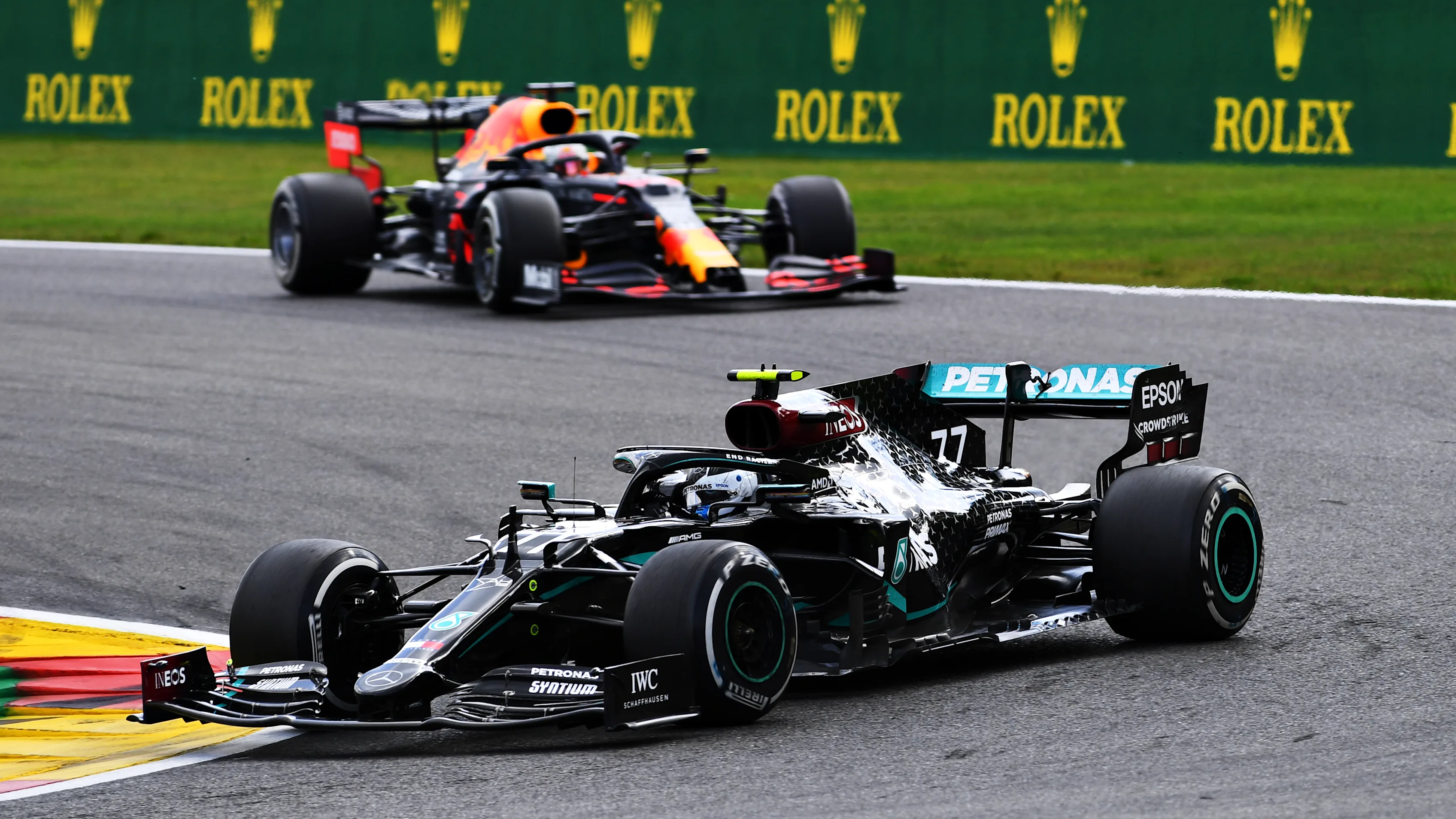
Red Bull will likely be ruing the cancellation of the Japanese Grand Prix, given that Suzuka is probably ideally configured to favour their car – although Austin will likely play to their strengths in a similar fashion, albeit to a lesser extent.
READ MORE: Formula 1 confirms 2021 Japanese Grand Prix has been cancelled
The high altitude of Mexico has historically hurt the Mercedes power unit disproportionately. Interlagos’ layout traditionally offers a very equal lap time between quite different levels of wing level, the new Saudi track looks low-drag and therefore Mercedes-favouring. Abu Dhabi, although traditionally a Mercedes stronghold, last year saw them comprehensively out-performed by Red Bull.
Whichever way it pans out, and whichever wing choices are made, it looks like it’s going to be close.
Next Up
Related Articles
.webp) What F1 drivers have been up to over the festive holidays
What F1 drivers have been up to over the festive holidays.webp) ExclusiveLowdon on why Zhou ‘ticked all the boxes’ for Cadillac
ExclusiveLowdon on why Zhou ‘ticked all the boxes’ for Cadillac.webp) Zhou Guanyu joins Cadillac as reserve driver for 2026
Zhou Guanyu joins Cadillac as reserve driver for 2026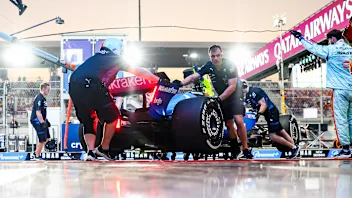 Williams become latest team to announce 2026 livery reveal date
Williams become latest team to announce 2026 livery reveal date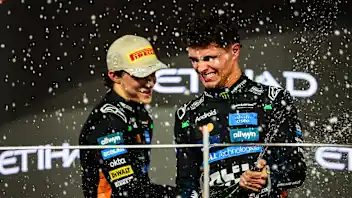 The key moments of an unforgettable 2025 season
The key moments of an unforgettable 2025 season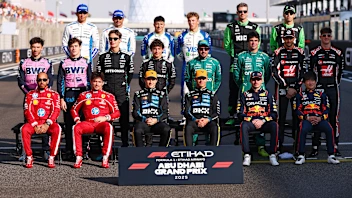 Quiz20 quiz questions on the 2025 Formula 1 season
Quiz20 quiz questions on the 2025 Formula 1 season